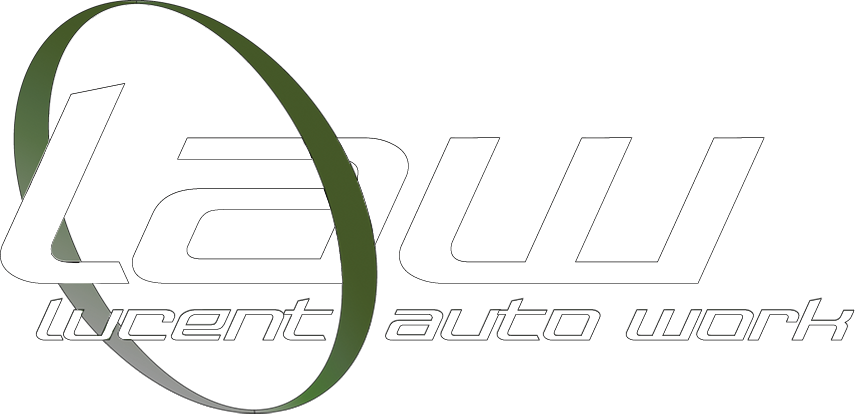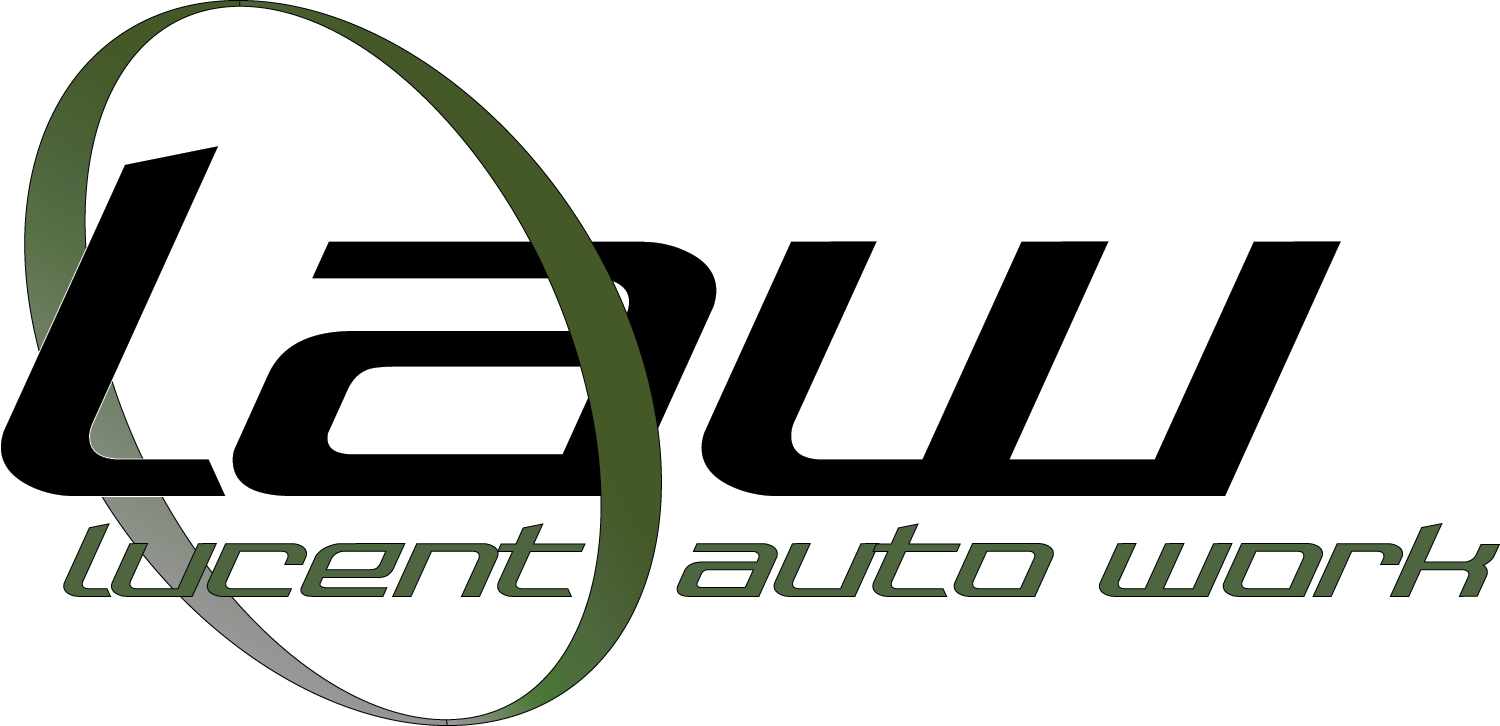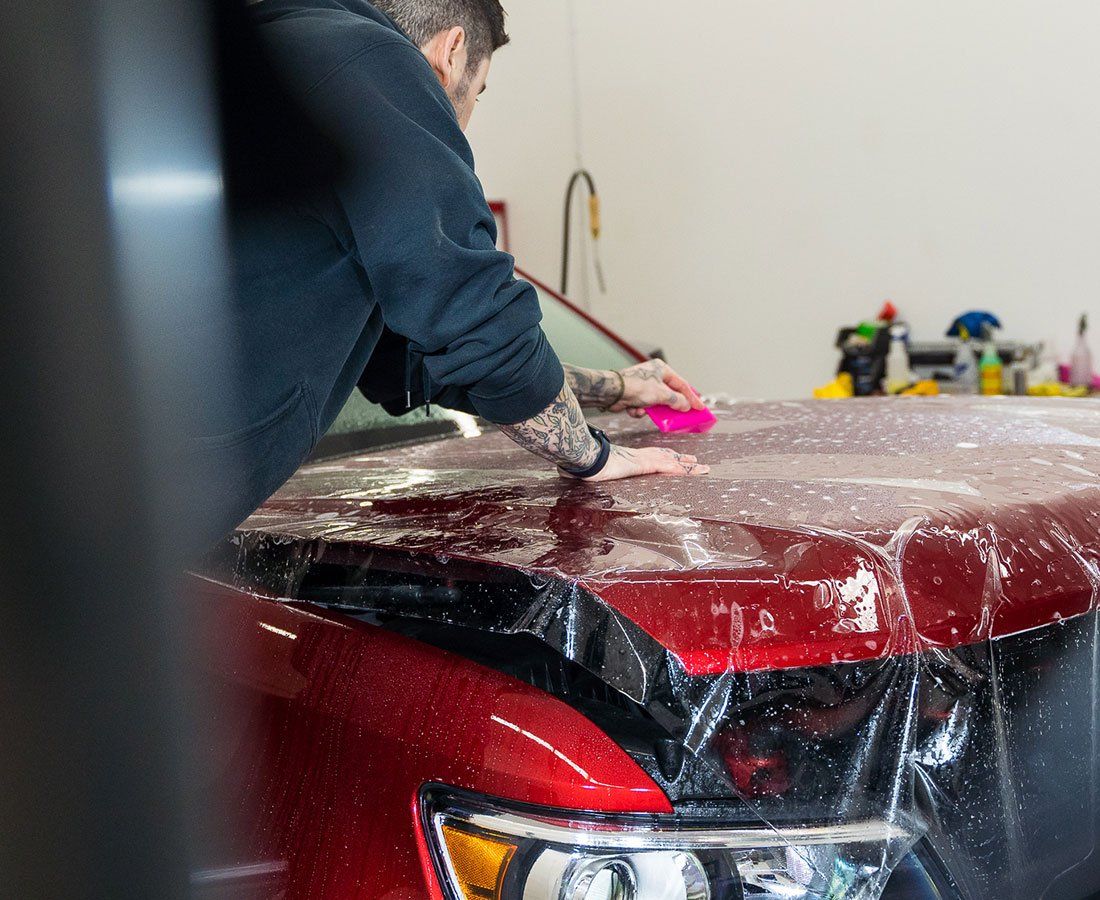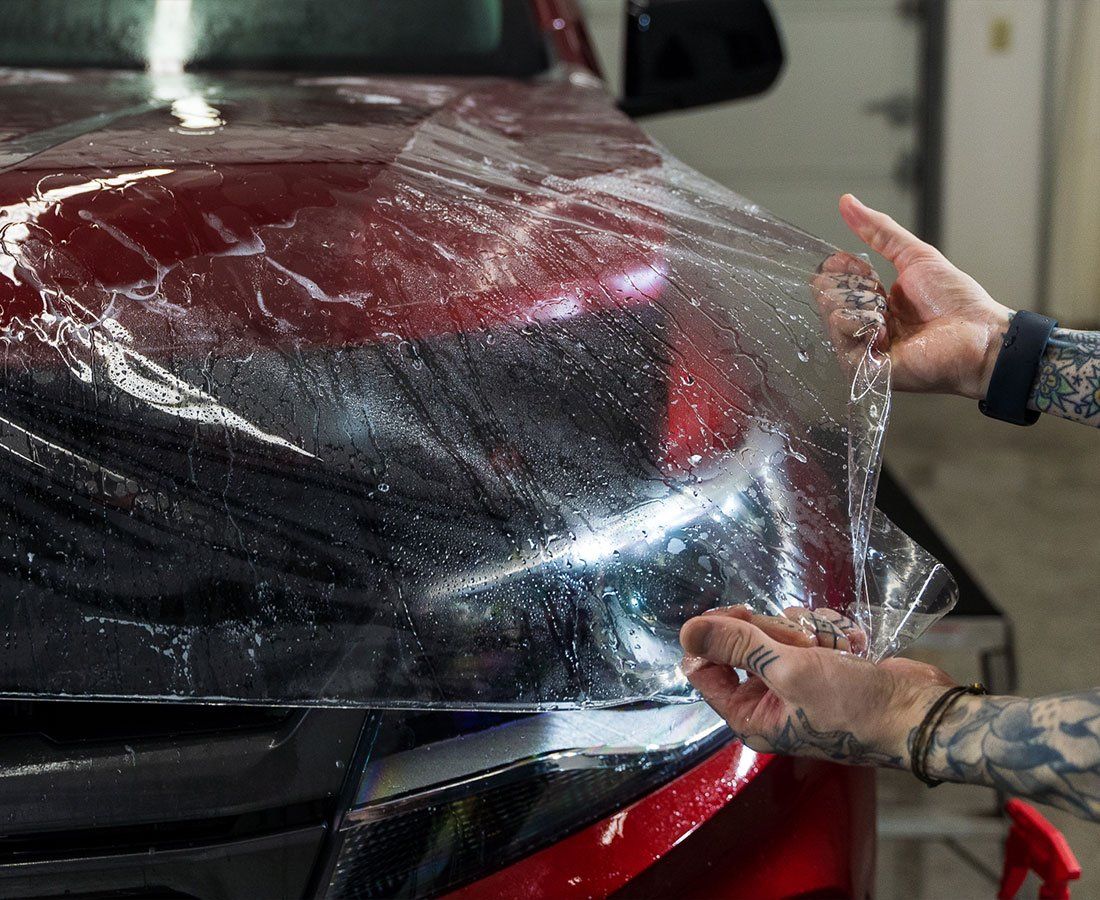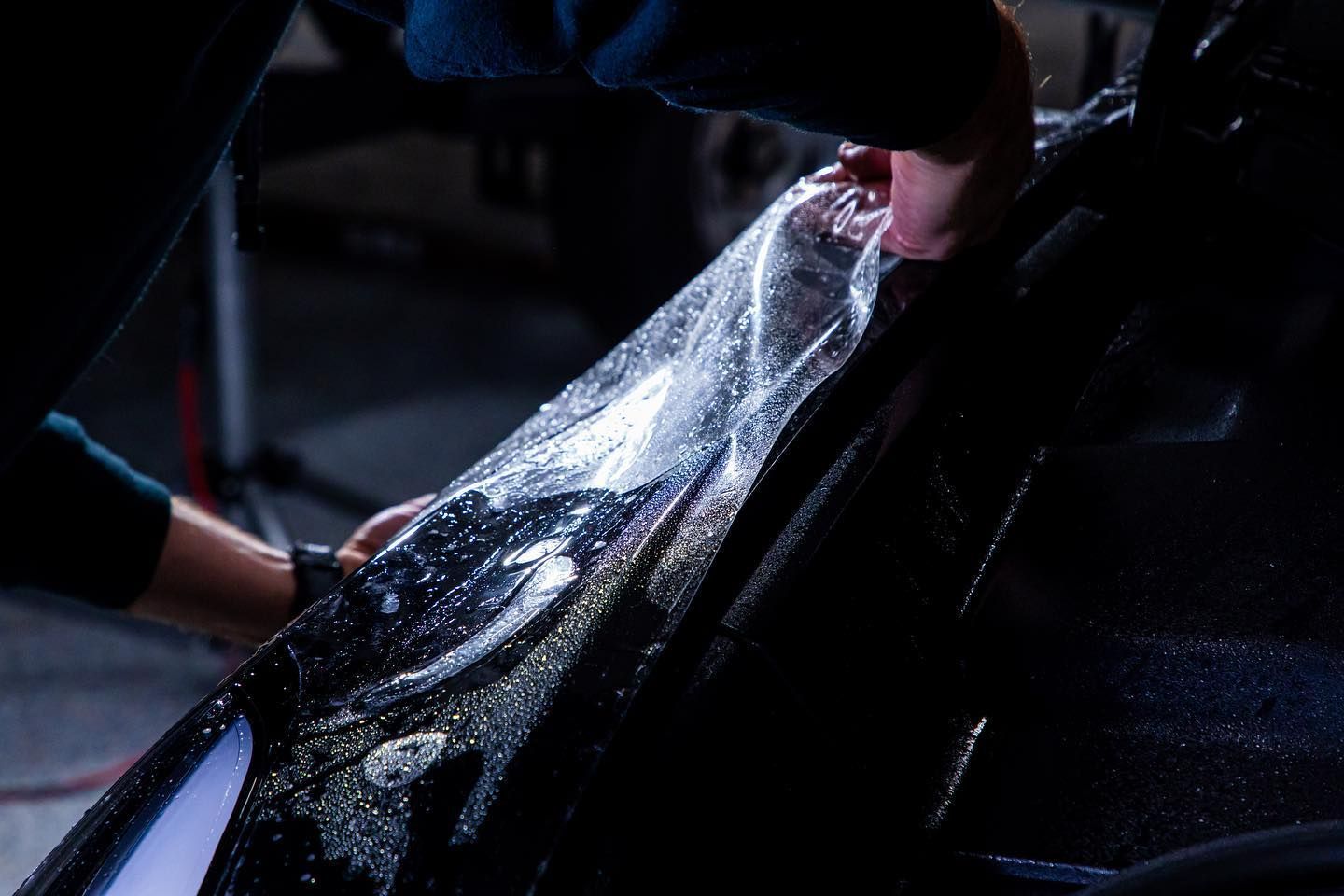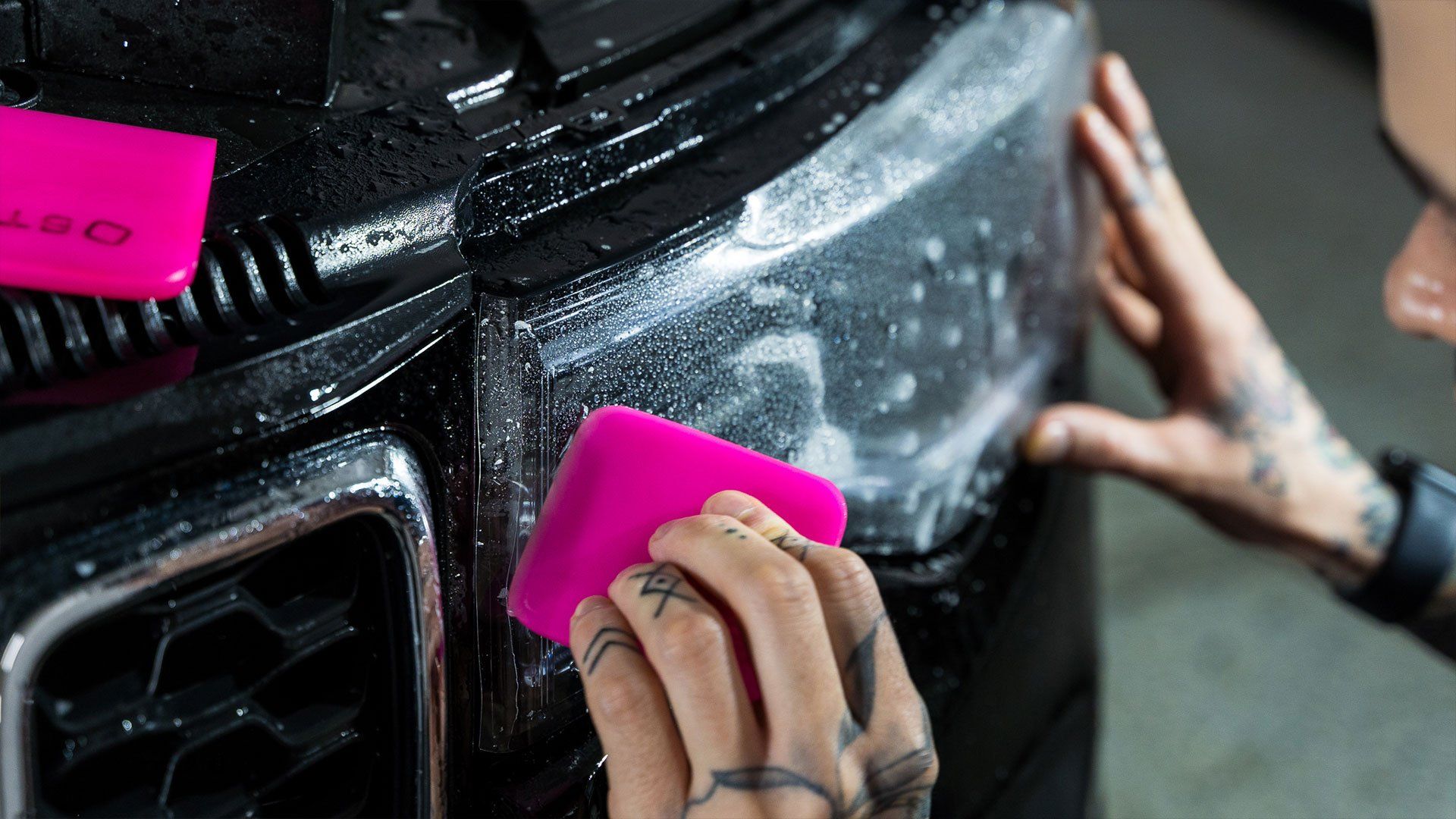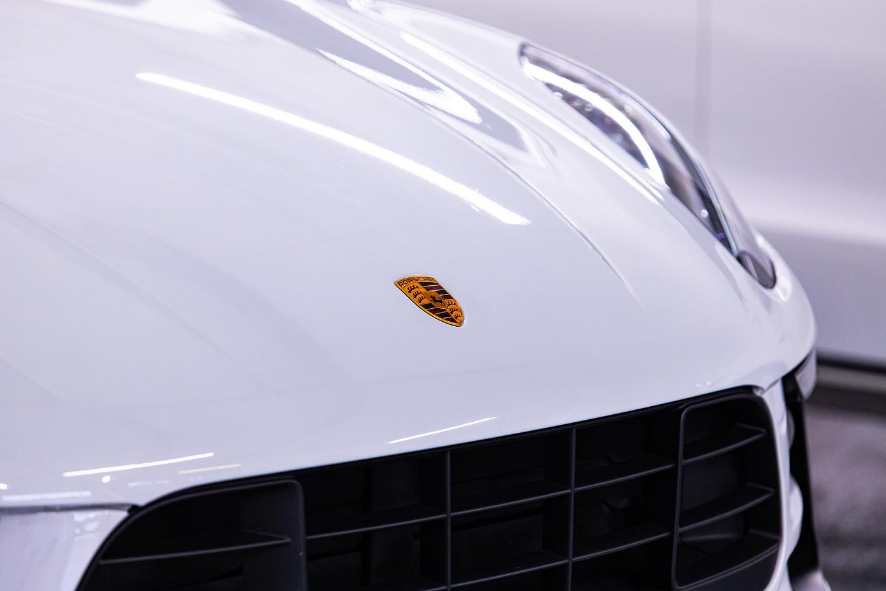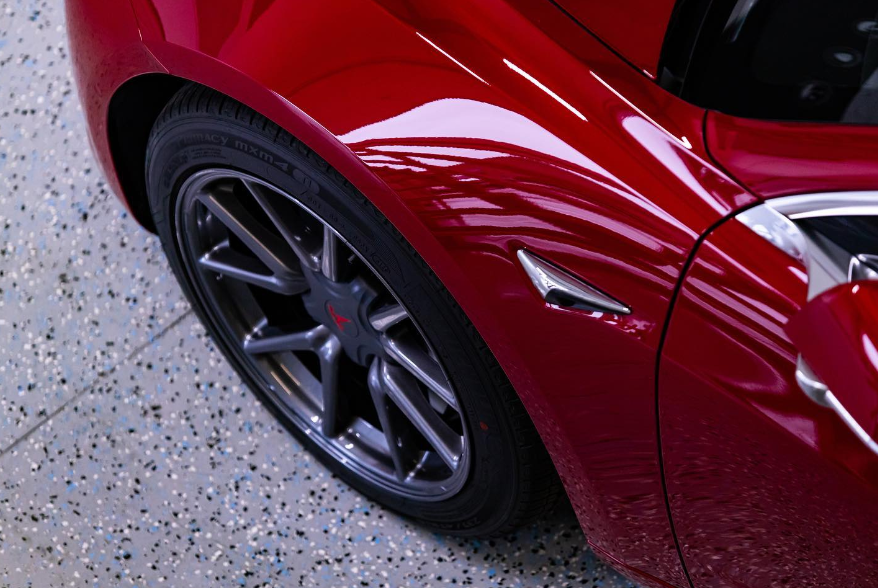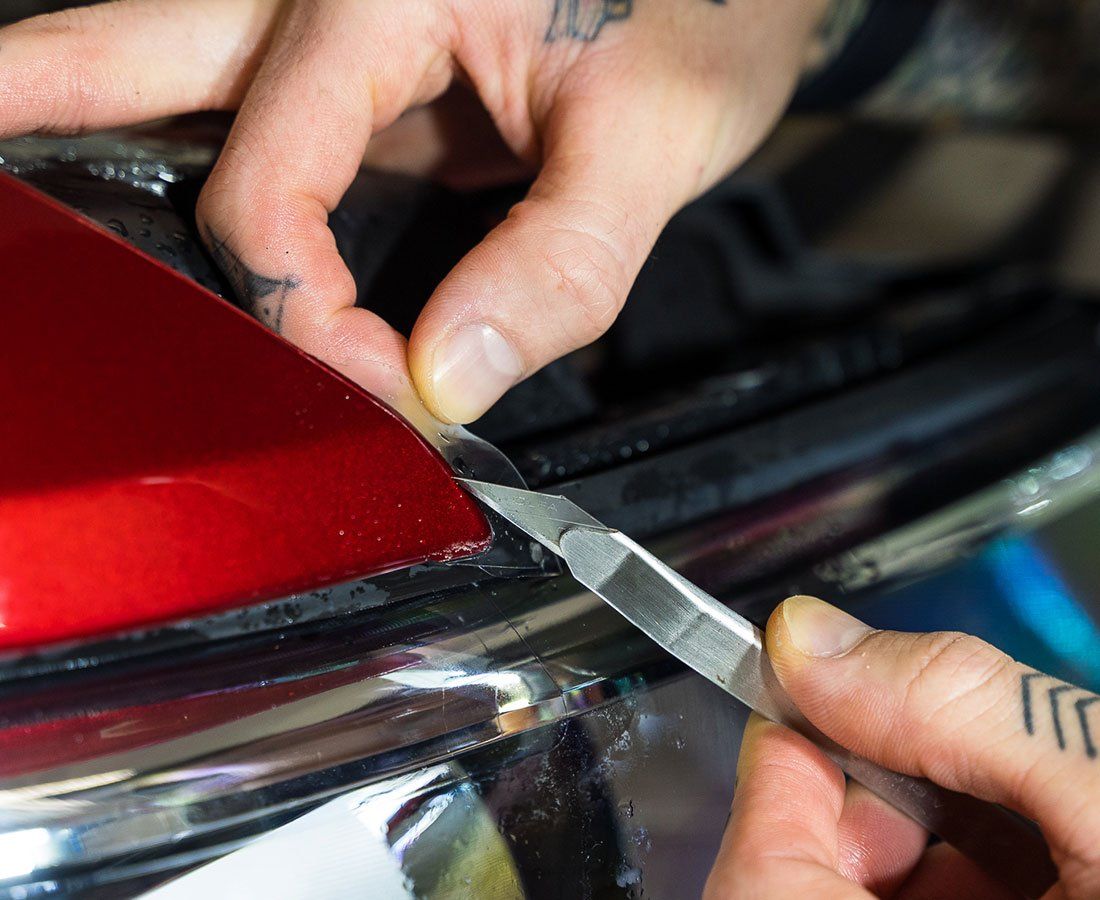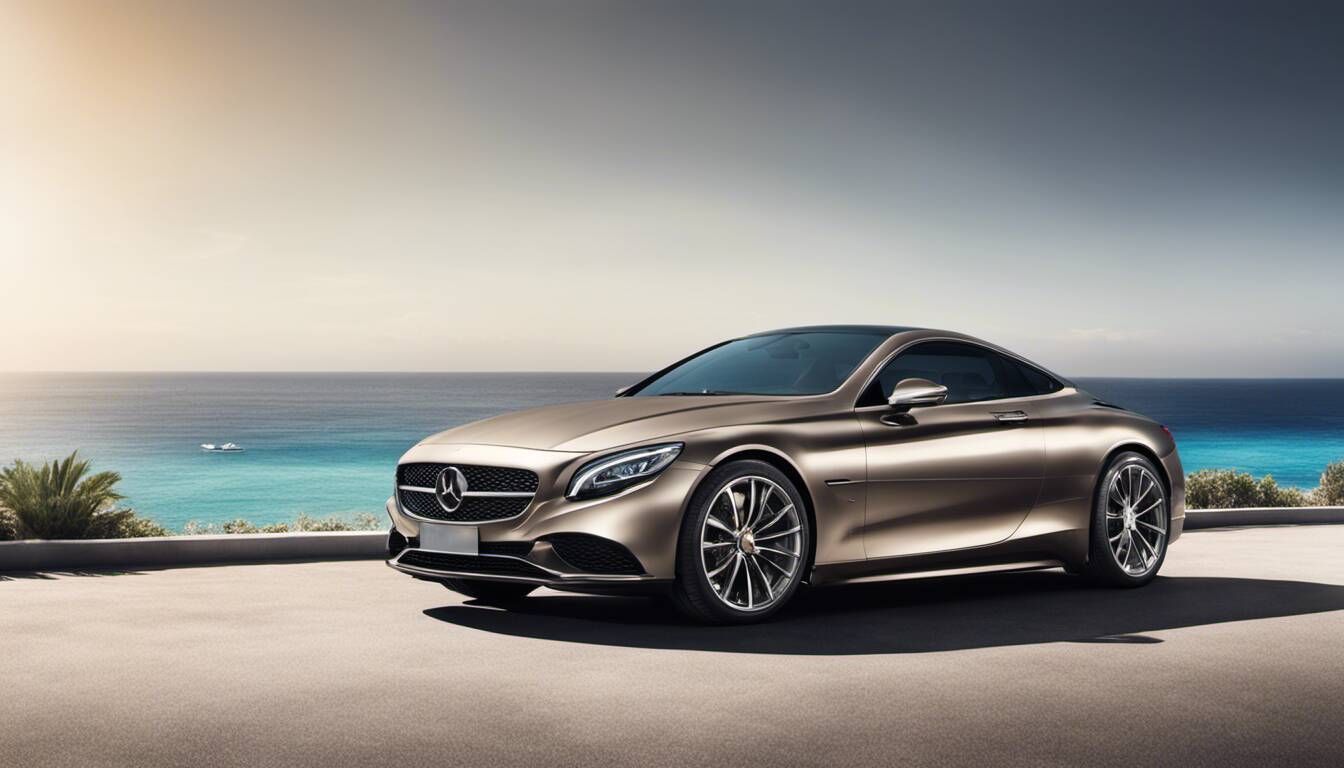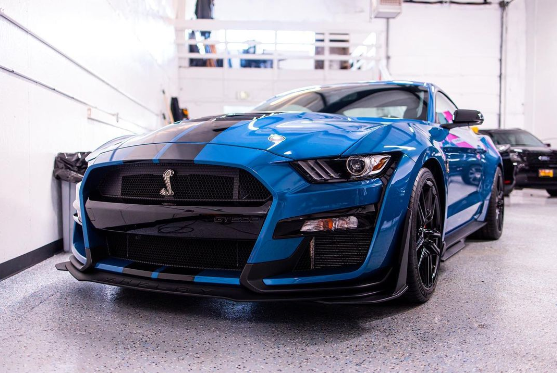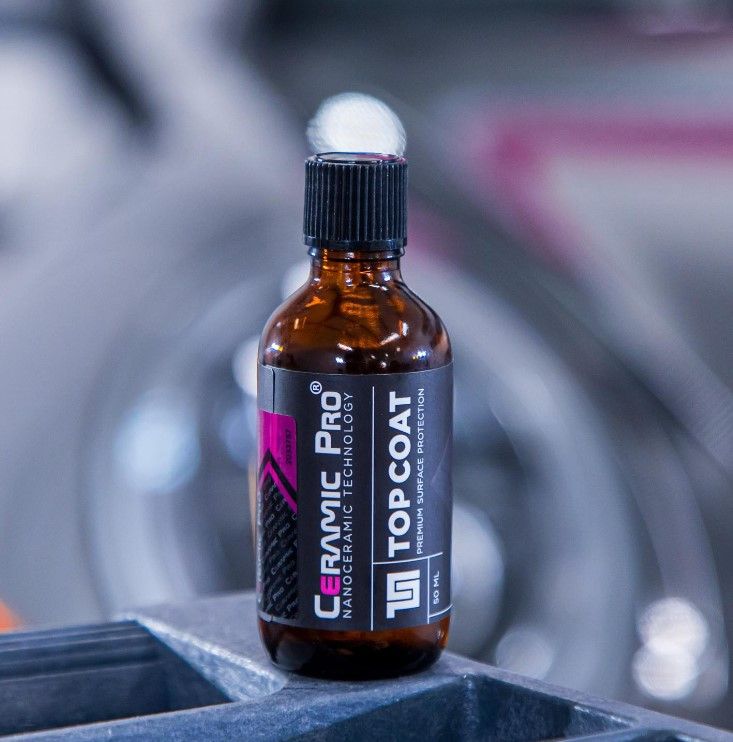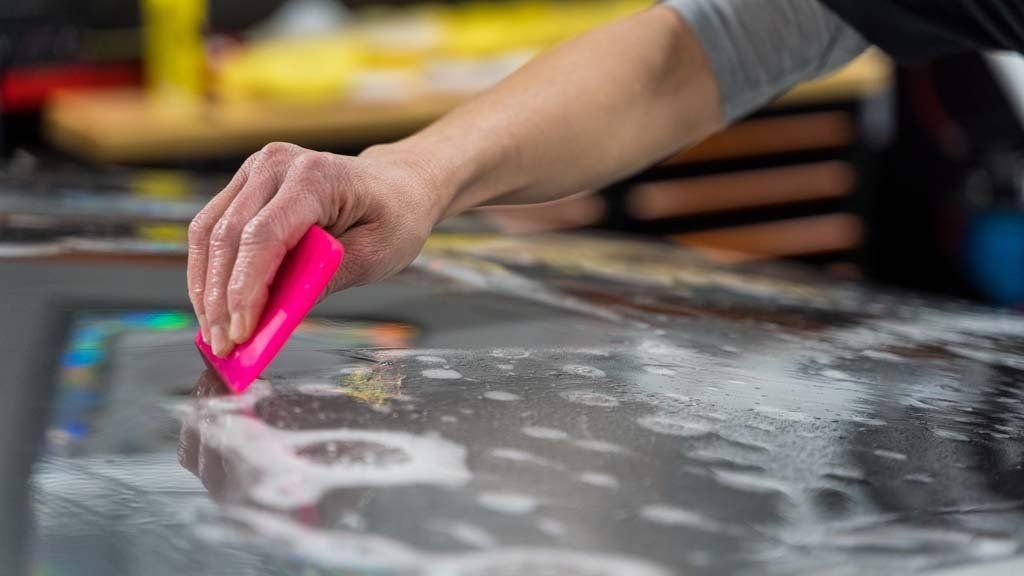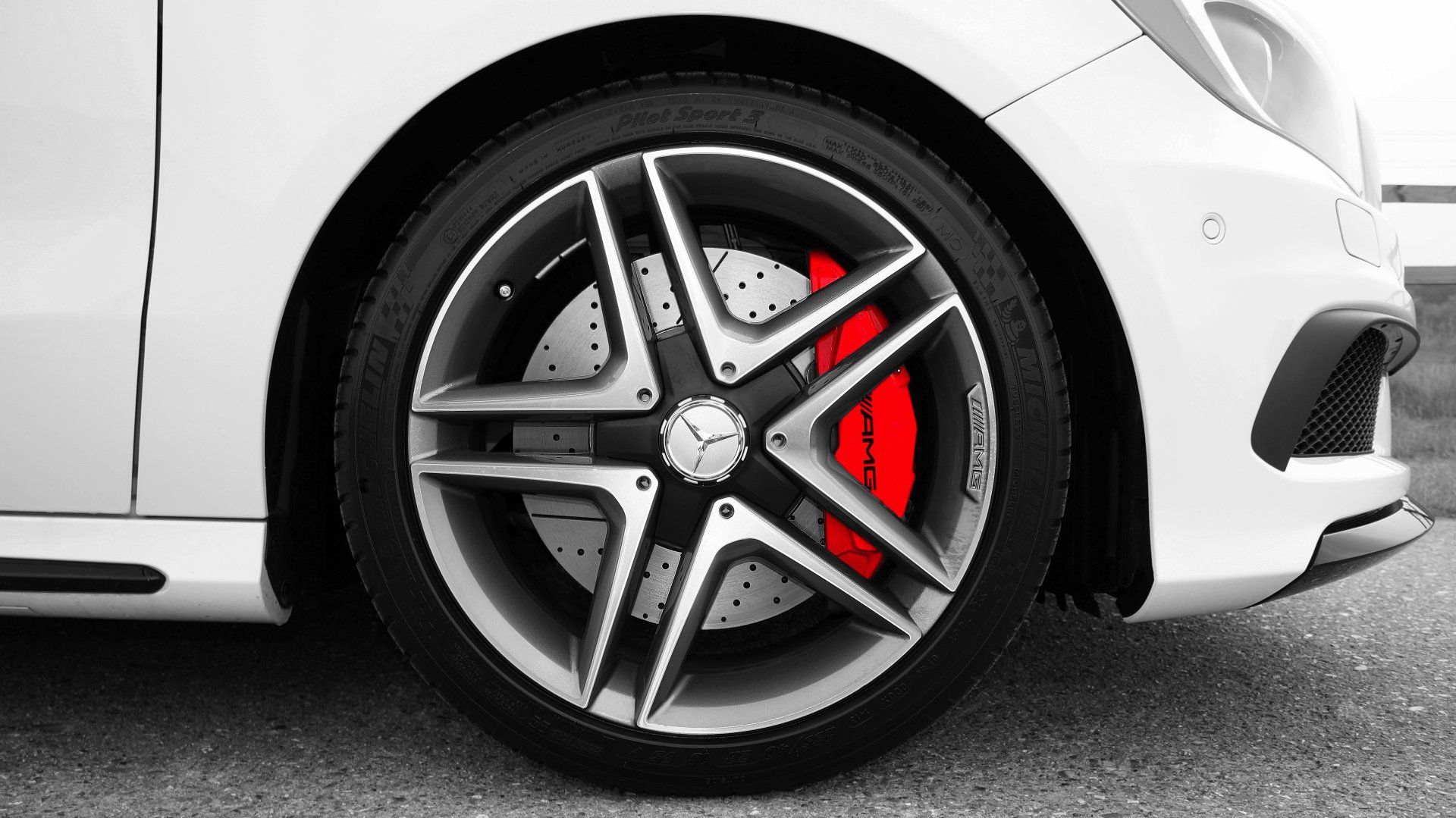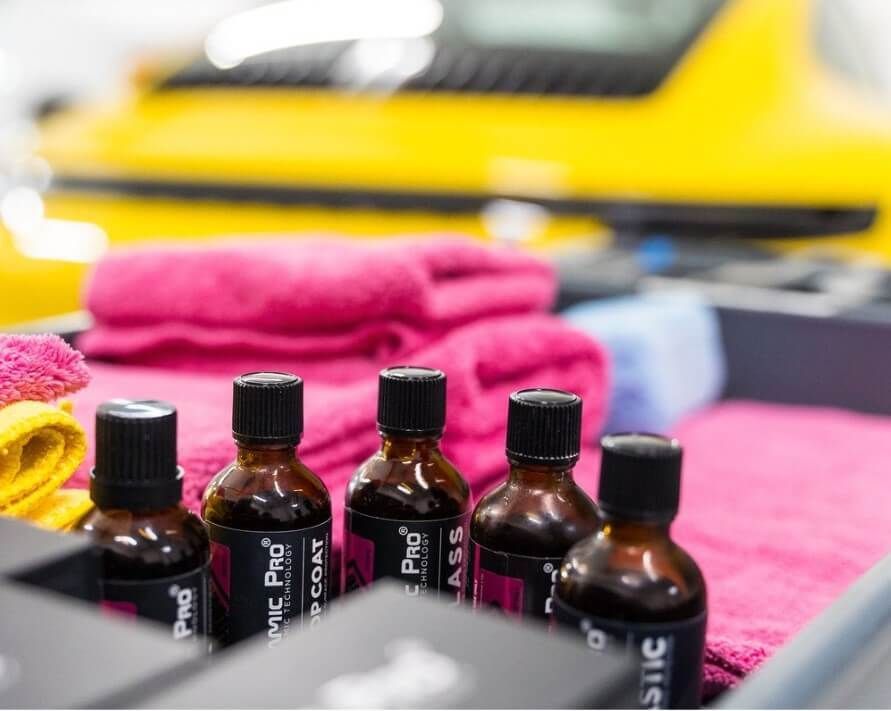Debunking Common Myths About Paint Protection Film: Separating Facts from Fiction
CALL (253) 533-6776Paint protection film is a transparent, long-lasting layer that acts as a guardian for your car paint against minor scratches, chips, and other light damages. It is frequently applied to parts of the vehicle that are most likely to get hit, like bumpers, hoods, and side mirrors. However, many people have incorrect beliefs regarding its damage protection abilities or its relative merits versus popular PPF brands. You might be surprised to realize just how misconceptions can cloud our judgement about such a beneficial product. Now let's delve into the nitty-gritty.
The common myth that all paint protection film is of equal quality is not accurate. It's essential to invest in high-quality paint protection film, as low-cost, low-quality films may not offer sufficient protection against wear and tear. Opting for a reputable brand, which comes with warranties, ensures a higher level of protection for your vehicle's paint.
Paint Protection Film: Myths & Facts
When it comes to protecting your car's paint, it's essential to separate fact from fiction. Paint protection film has become a popular choice for many vehicle owners looking to safeguard their investment. However, like many products, PPF carries its fair share of myths along with it. Let's explore and debunk these misconceptions one by one, shedding light on the truths behind each.
- Myth #1: PPF is prone to yellowing and peeling. This myth may have some historical basis, as older PVC-based films were susceptible to yellowing and peeling when exposed to UV rays. However, modern PPF made from thermoplastic polyurethane (TPU) is significantly more durable and resistant to UV-induced discoloration and degradation. The advanced materials used in today's PPF ensure that it maintains its clarity and protective properties for an extended period.
- Myth #2: PPF installation requires exceptional skill. While it's true that PPF installation demands precision and expertise, professional installers are trained to handle this task efficiently. Their training and experience equip them with the necessary skills to apply the film seamlessly, without bubbles or imperfections. With the advent of advanced installation techniques, such as computer-cut patterns, installers can achieve a perfect fit for each vehicle model.
- Myth #3: High-quality PPF damages car paint upon removal. Quality paint protection film adheres to the vehicle's paint surface without causing harm. When applied correctly and removed by professionals using industry-standard techniques, high-quality PPF leaves the underlying paint intact. This emphasizes the importance of investing in high-grade paint protection film and entrusting its application to skilled professionals who understand how to maintain its integrity during removal.
- Myth #4: All PPF products offer similar levels of protection. Not all PPF are created equal. Lower-cost options may lack the resilience and protective qualities of premium-grade films. It's crucial for consumers to invest in reputable brands known for their durability and resistance to environmental factors. Additionally, high-quality PPF provides superior protection against stone chips, scratches, and other minor abrasions, safeguarding the vehicle's paint for years to come.
- Myth #5: PPF offers direct UV protection for vehicle paint. It's true that a paint protection film shields vehicle paint from UV radiation. Additionally, it safeguards the clear coat—responsible for blocking UVA and UVB rays—from damage. A damaged or scratched clear coat becomes vulnerable to solar radiation, making the underlying paint susceptible to deterioration. Therefore, investing in reliable PPF indirectly helps protect the vehicle's finish from the harmful effects of UV exposure.
By dispelling these misconceptions about paint protection film and shedding light on the factual benefits it provides, we aim to empower consumers with accurate information when considering this valuable investment for their vehicles. In our continuing journey through the realm of paint protection myths and realities, let's now delve into a closer examination of the damage protection capabilities of paint protection film.
Myth vs. Fact: Damage Protection Abilities of PPF
A frequent myth is that PPF confers invincibility on any car it's applied to, shielding it from harm in all circumstances. While it does offer a significant level of protection against gravel, road debris, and minor abrasions from everyday use, it's crucial to recognize that it may not entirely safeguard the vehicle from larger impacts, such as a high-speed collision. This is an important distinction, as some people might mistakenly believe that their vehicle is impervious to all damage after applying a paint protection film.
Interestingly, PPF is particularly effective at safeguarding your vehicle against minor hazards encountered during day-to-day driving. From stone chips to bug splatter and even light scratches, a paint protection film acts as a reliable shield, preserving the pristine appearance of the vehicle. It acts as a protective layer against common elements that can otherwise mar the exterior of the car, effectively maintaining its initial aesthetics. For instance, when driving on highways or rural roads, your car is likely to pick up small stones or encounter debris and bugs. These small yet constant hazards can gradually wear down the vehicle's paint if not protected adequately. PPF acts as a barrier against these everyday nuisances, effectively mitigating their potential damage and preserving the vehicle's overall appearance.
It's important for car owners to understand that while PPF doesn't guarantee complete immunity from all types of impact or damage, it serves as a highly beneficial defense mechanism against the common wear and tear experienced during regular use. By managing expectations and acknowledging its limitations, individuals can better appreciate the valuable protective role that a paint protection film plays in maintaining the condition of their vehicles over time.
Cost Analysis: Initial Expenses and Long-Term Value
When considering initial expenses for paint protection film, it's crucial to understand that the cost can vary significantly. Factors such as the brand of PPF, the coverage area, and the expertise of the installer all play a role in determining the installation costs. On average, installing a paint protection film on the full exterior of a car can range from $1,000 to $5,000. This initial investment might seem substantial at first glance, but it's essential to view it in the context of long-term value. While it may appear to be a high expense upfront, when you look at how a paint protection film can potentially reduce repainting costs and preserve your vehicle's resale value, it becomes clear that choosing PPF is an economical decision in the realm of overall vehicle maintenance.
Initial Expenses
The cost of paint protection film installation can largely depend on the size of the vehicle and the quality of the film. For example, high-grade paint protection film with self-healing topcoat and enhanced durability would typically command a higher price compared to standard film. Additionally, labor fees for installation may vary based on geographical location and the experience level of the installer. Hence, while it's tempting to search for budget-friendly options, ensuring a reputable and skilled installer is crucial for achieving satisfactory results and maximizing the protective benefits of PPF.
Long-Term Value
The financial prudence of investing in a paint protection film truly comes to light when you take into account its long-term impact. By safeguarding your vehicle's paint from scratches and chips, PPF reduces the need for touch-ups or repainting, which can be a substantial cost-saving benefit over time. Moreover, preserving the original factory finish through PPF application can significantly maintain your vehicle's resale value. When potential buyers see that your vehicle has been well-maintained and protected from wear and tear, this added value can certainly justify the initial expense of a paint protection film installation.
In essence, when weighing the initial expenses against the long-term value provided by PPF, it becomes evident that this proactive approach serves as an effective safeguard against costly future repairs and depreciation. Ultimately, choosing a paint protection film is not just an expenditure; it's an investment that delivers substantial returns in maintaining your vehicle's appearance and value over time.
PPF Effectiveness: Does it Really Prevent Scratches?
One of the primary reasons for investing in paint protection film is its ability to safeguard your vehicle's paint from various types of damage, particularly scratches. A paint protection film serves as a protective shield against light scratches, key marks, and swirl lines that often result from routine washing or drying of the vehicle. This means that day-to-day interactions with environmental elements and minor accidental abrasions are less likely to leave a lasting mark on your car's paint.
It's important to acknowledge that PPF isn't invincible. While it excels at defending against common wear and tear, the film may not provide complete protection against deeper scratches caused by sharp objects with substantial force. In other words, a paint protection film might mitigate or reduce the severity of such scratches but may not be able to prevent them entirely. It's crucial for vehicle owners to have realistic expectations about the capabilities of this protective film when it comes to scratch prevention.
Ultimately, PPF is not a guarantee against all forms of scratch-related damage, but rather a highly effective layer of defense against most everyday sources of abrasion. By managing expectations and understanding its limitations, vehicle owners can better appreciate the significant protective benefits that high-quality paint protection film provides. Understanding these nuances allows us to fully grasp the role of PPF in protecting vehicle paint and make informed decisions about its implementation.
PPF vs. Wax & Sealant: Which is More Beneficial?
When it comes to keeping your car's paint shiny and safe from damage, there are various products available in the market. Paint protection film, wax, and sealants are some of the popular options. However, each of these products serves a different purpose and offers unique benefits.
PPF, also known as clear bra, acts as a transparent protective layer that shields the paint from scratches, stone chips, and environmental contaminants. It's like having invisible armor for your car's exterior. Wax and sealants, on the other hand, are primarily intended for enhancing the visual appeal of the paint and providing short-term protection against elements such as UV rays and water spots. While wax and sealants can contribute to maintaining the appearance of your vehicle, they do not provide the same level of defense against physical damage as a paint protection film. Understanding the distinctive features of each product will help you make an informed decision about which one suits your needs best.
A paint protection film acts as a proactive shield against potential damage over an extended period. Its durability and long-lasting nature make it an ideal choice for owners who want comprehensive protection against paint-damaging elements such as road debris, bugs, bird droppings, and minor impacts. On the other hand, wax and sealants offer a certain level of protection but are geared more towards maintenance than proactive defense against physical damage. They provide a glossy finish and make it easier to clean the vehicle by creating a slick surface, but they do not offer the same level of resistance to scratches, rock chips, or harsh chemicals as PPF does. Think of it this way: PPF is like an invisible force field that actively deflects potential harm, while wax and sealants are like a coat of polish - they make your car look good and provide some protection but not to the extent of withstanding serious blows.
In essence, the choice between PPF, wax, and sealants depends on your priorities for protecting your vehicle. If you prioritize long-term defense against physical damage, especially under high-stress conditions such as highway driving or off-road adventures, then a paint protection film is the more beneficial option due to its robust protective properties. However, if you're more concerned with maintaining a glossy appearance and mitigating environmental effects in everyday driving situations, then wax and sealants can be suitable choices for regular maintenance.
Top-Rated PPF Installers in Tacoma, WA
Lucent Auto Work is well-known as the premier paint protection film installers in Tacoma, WA! We are experts at applying high-quality paint protection film, which will keep your vehicle safe from environmental hazards, chips, and scratches. Put an end to stressing over stone chips and severe weather; instead, embrace durable protection that maintains your car's pristine look. Feel safe behind the wheel knowing that your investment is protected while retaining its initial appeal. Make an appointment for PPF installation with Lucent Auto Work today to see the difference for yourself—we guarantee unmatched service and results. Call us at (253) 533-6776 to get started!
